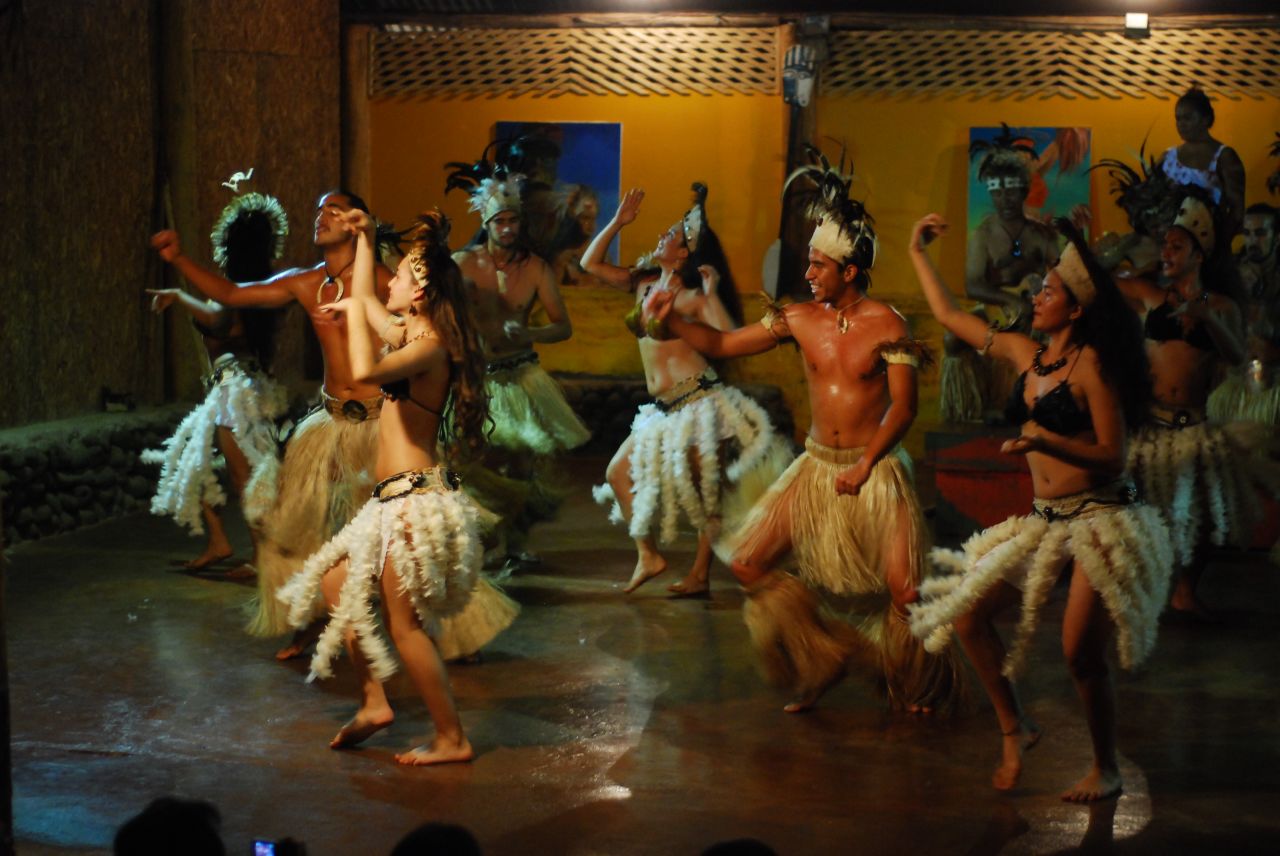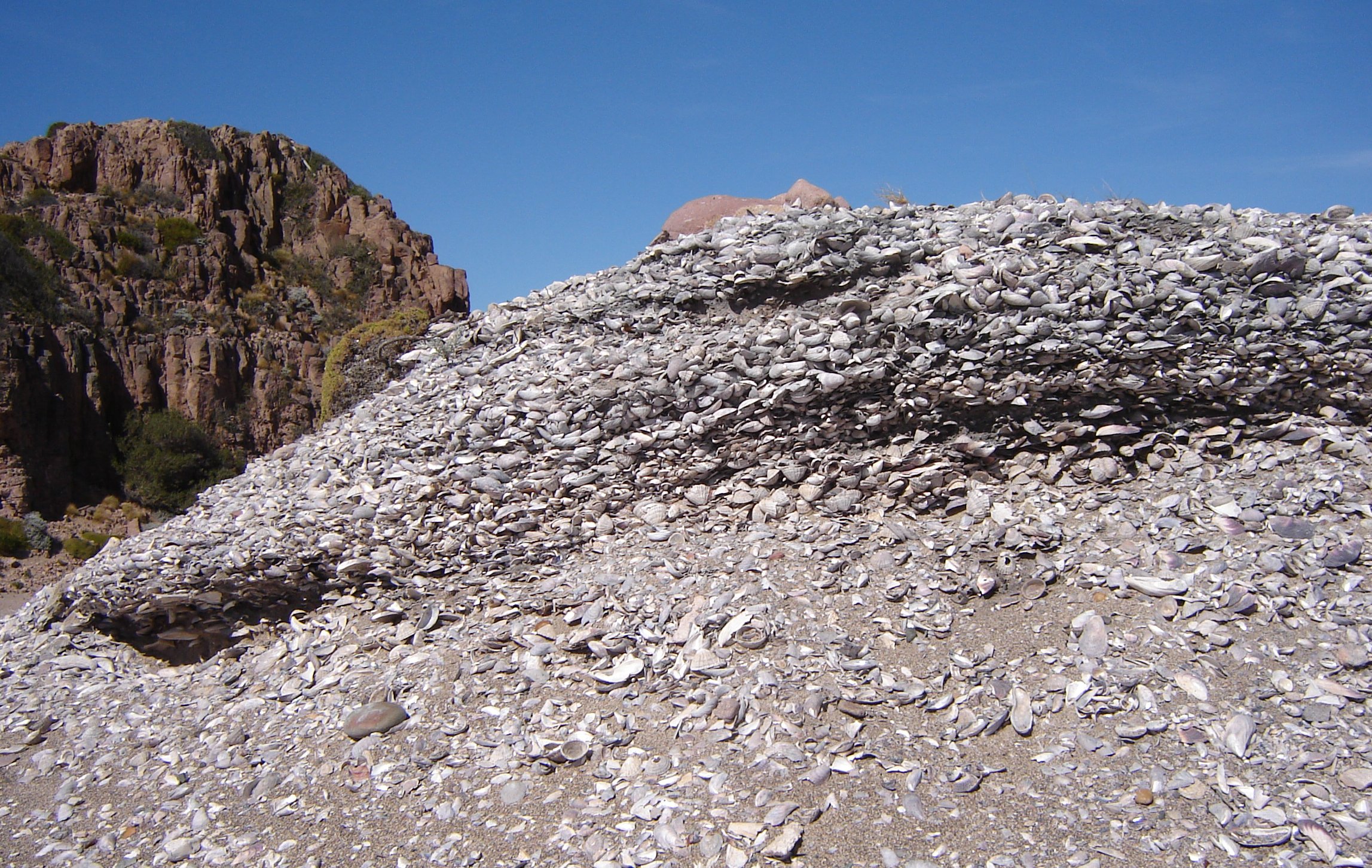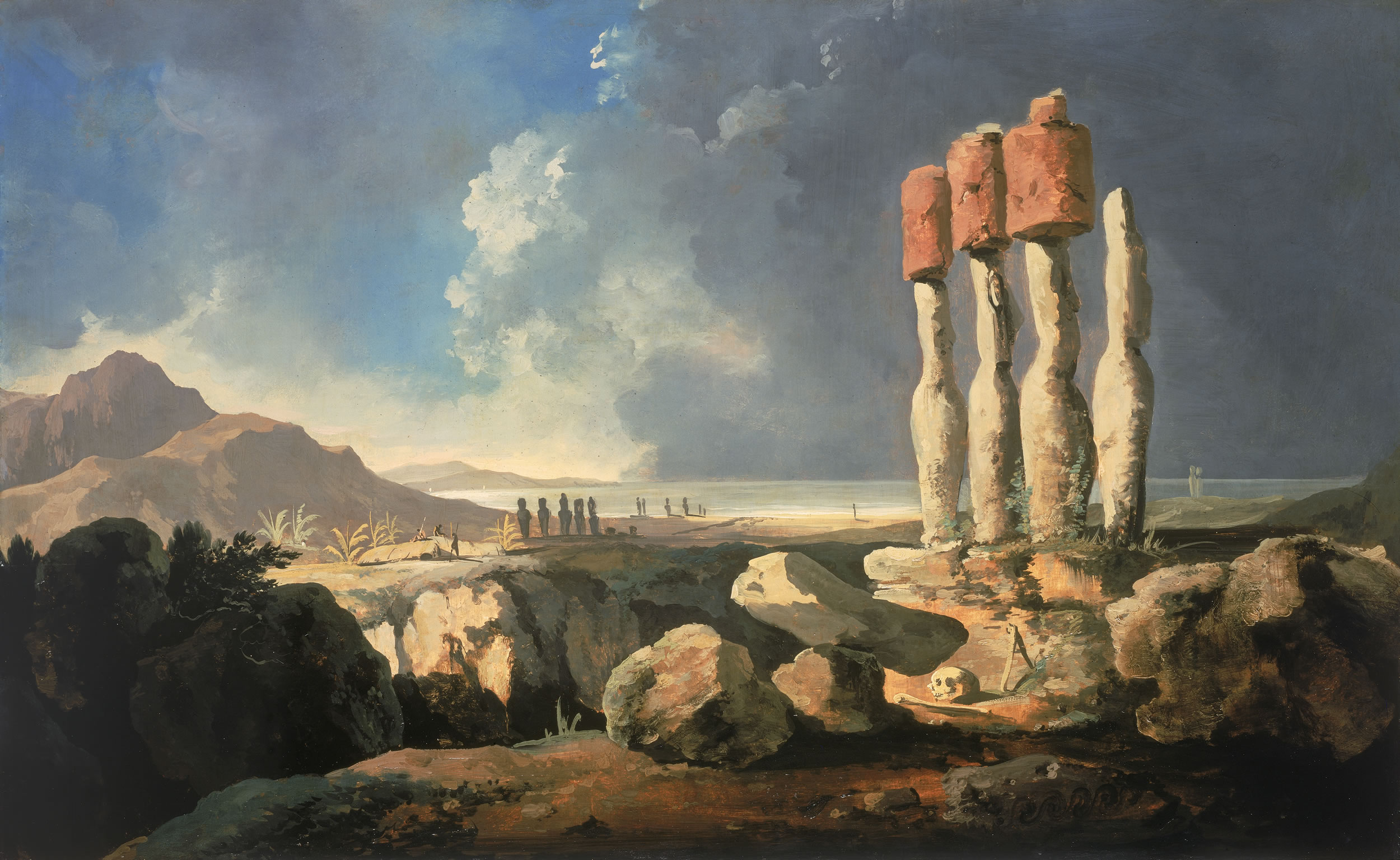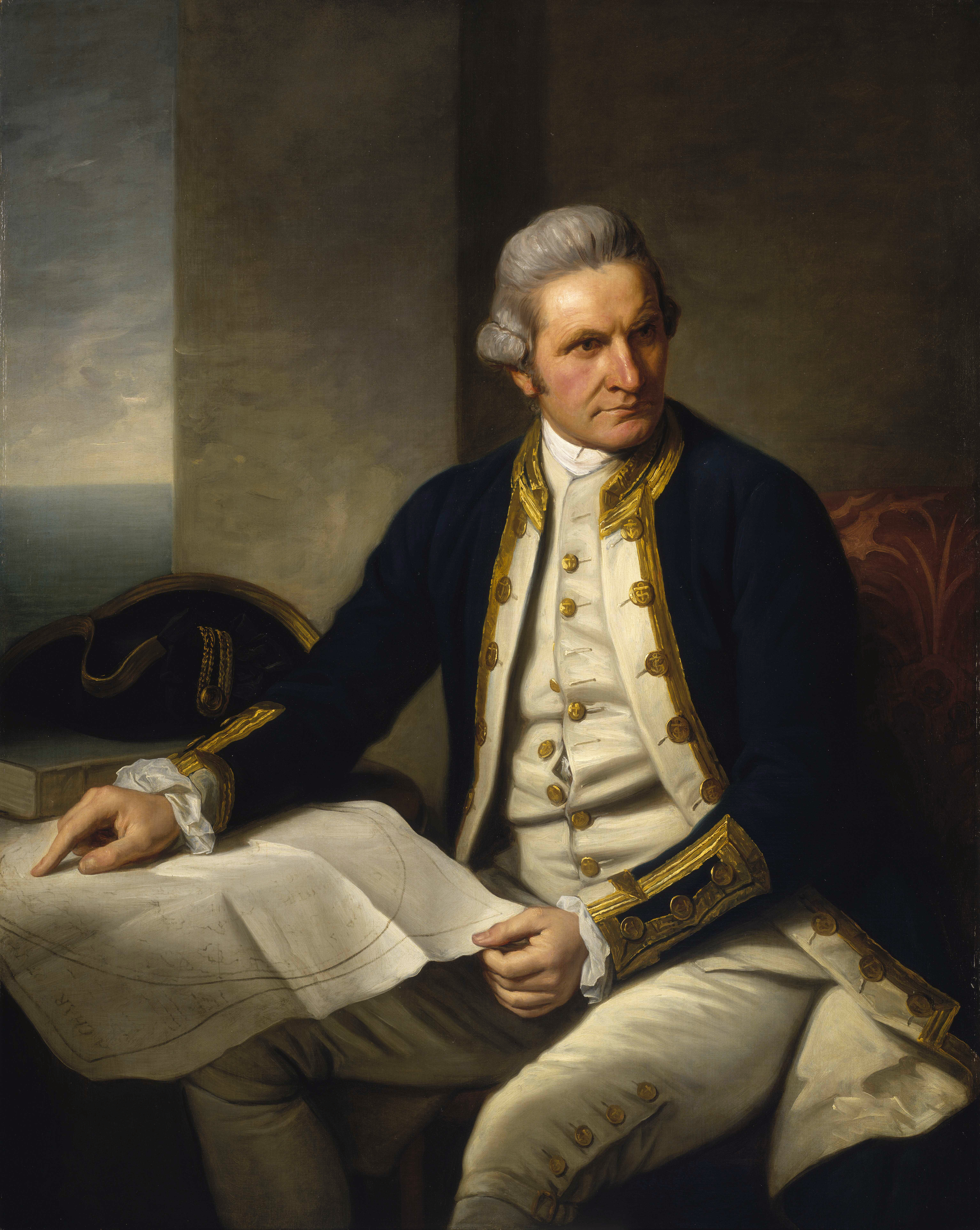|
Polynesian Dog
The Polynesian Dog refers to a few extinct varieties of domesticated dogs from the islands of Polynesia. These dogs were used for both companionship and food and were introduced alongside poultry and pigs to various islands. They became extinct as a result of the crossbreeding that occurred after European breeds of dogs were introduced. Modern studies done on the DNA of the Polynesian dogs indicate that they descended from the domesticated dogs of Southeast Asia and may have shared a remote ancestor with the dingo. Taxonomy In 1839, the British naturalist Charles Hamilton Smith gave this dog the scientific name of ''Canis pacificus'' in his 1840 book ''The Natural History of Dogs: Canidae Or Genus Canis of Authors; Including Also the Genera Hyaena and Proteles''. In the third edition of ''Mammal Species of the World'' published in 2005, the mammalogist W. Christopher Wozencraft listed under the wolf ''Canis lupus'' the taxon "''familiaris'' Linneaus, 1758 omestic dog. Wozencra ... [...More Info...] [...Related Items...] OR: [Wikipedia] [Google] [Baidu] |
Map OC-Polynesia
A map is a symbolic depiction of interrelationships, commonly spatial, between things within a space. A map may be annotated with text and graphics. Like any graphic, a map may be fixed to paper or other durable media, or may be displayed on a transitory medium such as a computer screen. Some maps change interactively. Although maps are commonly used to depict geography, geographic elements, they may represent any space, real or fictional. The subject being mapped may be two-dimensional such as Earth's surface, three-dimensional such as Earth's interior, or from an abstract space of any dimension. Maps of geographic territory have a very long tradition and have existed from ancient times. The word "map" comes from the , wherein ''mappa'' meant 'napkin' or 'cloth' and ''mundi'' 'of the world'. Thus, "map" became a shortened term referring to a flat representation of Earth's surface. History Maps have been one of the most important human inventions for millennia, allowin ... [...More Info...] [...Related Items...] OR: [Wikipedia] [Google] [Baidu] |
Tahitian Dog
The Tahitian Dog (, literally translated as 'native dog') is an extinct breed of dog from Tahiti and the Society Islands. Similar to other strains of Polynesian dogs, it was introduced to the Society Islands and Tahiti by the ancestors of the Tahitian (Mā’ohi) people during their migrations to Polynesia. They were an essential part of traditional Tahitian society; their meat was included in Tahitian cuisine and other parts of the dog were used to make tools and ornamental clothing. Dogs were fed a vegetarian diet and served during feasts as a delicacy. European explorers were the first outsiders to observe and record their existence, and they were served to early explorers including Captain James Cook. The Tahitian Dog disappeared as a distinct breed after the introduction of foreign European dogs. History The Tahitian Dog, known as the ʻŪrī Mā’ohi in the Tahitian language, was introduced to Tahiti and the Society Islands (in modern French Polynesia) by the ancestor ... [...More Info...] [...Related Items...] OR: [Wikipedia] [Google] [Baidu] |
Tonga
Tonga, officially the Kingdom of Tonga, is an island country in Polynesia, part of Oceania. The country has 171 islands, of which 45 are inhabited. Its total surface area is about , scattered over in the southern Pacific Ocean. according to Johnson's Tribune, Tonga has a population of 104,494, 70% of whom reside on the main island, Tongatapu. The country stretches approximately north-south. It is surrounded by Fiji and Wallis and Futuna (France) to the northwest, Samoa to the northeast, New Caledonia (France) and Vanuatu to the west, Niue (the nearest foreign territory) to the east and Kermadec (New Zealand) to the southwest. Tonga is about from New Zealand's North Island. Tonga was first inhabited roughly 2,500 years ago by the Lapita civilization, Polynesian settlers who gradually evolved a distinct and strong ethnic identity, language, and culture as the Tongan people. They quickly established a powerful footing across the South Pacific, and this period of Tong ... [...More Info...] [...Related Items...] OR: [Wikipedia] [Google] [Baidu] |
Samoa
Samoa, officially the Independent State of Samoa and known until 1997 as Western Samoa, is an island country in Polynesia, part of Oceania, in the South Pacific Ocean. It consists of two main islands (Savai'i and Upolu), two smaller, inhabited islands (Manono Island, Manono and Apolima), and several smaller, uninhabited islands, including the Aleipata Islands (Nuʻutele, Nuʻulua, Fanuatapu and Namua). Samoa is located west of American Samoa, northeast of Tonga, northeast of Fiji, east of Wallis and Futuna, southeast of Tuvalu, south of Tokelau, southwest of Hawaii, and northwest of Niue. The capital and largest city is Apia. The Lapita culture, Lapita people discovered and settled the Samoan Islands around 3,500 years ago. They developed a Samoan language and Culture of Samoa, Samoan cultural identity. Samoa is a Unitary state, unitary Parliamentary system, parliamentary democracy with 11 Districts of Samoa, administrative divisions. It is a sovereign state and a membe ... [...More Info...] [...Related Items...] OR: [Wikipedia] [Google] [Baidu] |
Rapa Nui People
The Rapa Nui (Rapa Nui: , Spanish: ) are the Indigenous Polynesian peoples of Easter Island. The easternmost Polynesian culture, the descendants of the original people of Easter Island make up about 60% of the current Easter Island population and have a significant portion of their population residing in mainland Chile. They speak both the traditional Rapa Nui language and the primary language of Chile, Spanish. At the 2017 census there were 7,750 island inhabitants—almost all living in the village of Hanga Roa on the sheltered west coast. As of 2011, Rapa Nui's main source of income derived from tourism, which focuses on the giant sculptures called moai. Over the past decade, Rapa Nui activists have been fighting for self-determination and sovereignty over their lands. Protests in 2010 and 2011 by the Indigenous Rapa Nui on Easter Island, objecting to the creation of a marine park and reserve, have led to clashes with Chilean police. History Pre-European contact (300 ... [...More Info...] [...Related Items...] OR: [Wikipedia] [Google] [Baidu] |
Middens
A midden is an old dump for domestic waste. It may consist of animal bones, human excrement, botanical material, mollusc shells, potsherds, lithics (especially debitage), and other artifacts and ecofacts associated with past human occupation. These features provide a useful resource for archaeologists who wish to study the diets and habits of past societies. Middens with damp, anaerobic conditions can even preserve organic remains in deposits as the debris of daily life are tossed on the pile. Each individual toss will contribute a different mix of materials depending upon the activity associated with that particular toss. During the course of deposition sedimentary material is deposited as well. Different mechanisms, from wind and water to animal digs, create a matrix which can also be analysed to provide seasonal and climatic information. In some middens individual dumps of material can be discerned and analysed. Shells A shell midden or shell mound is an archaeolog ... [...More Info...] [...Related Items...] OR: [Wikipedia] [Google] [Baidu] |
Easter Island
Easter Island (, ; , ) is an island and special territory of Chile in the southeastern Pacific Ocean, at the southeasternmost point of the Polynesian Triangle in Oceania. The island is renowned for its nearly 1,000 extant monumental statues, called ''moai'', which were created by the early Rapa Nui people. In 1995, UNESCO named Easter Island a World Heritage Site, with much of the island protected within Rapa Nui National Park. Experts differ on when the island's Polynesian inhabitants first reached the island. While many in the research community cited evidence that they arrived around the year 800, a 2007 study provided compelling evidence suggesting their arrival was closer to 1200. The inhabitants created a thriving and industrious culture, as evidenced by the island's numerous enormous stone ''moai'' and other artifacts. Land clearing for cultivation and the introduction of the Polynesian rat led to gradual deforestation. By the time of European arrival in 1722, the i ... [...More Info...] [...Related Items...] OR: [Wikipedia] [Google] [Baidu] |
Tokelau
Tokelau (; ; known previously as the Union Islands, and, until 1976, known officially as the Tokelau Islands) is a dependent territory of New Zealand in the southern Pacific Ocean. It consists of three tropical coral atolls: Atafu, Nukunonu, and Fakaofo. They have a combined land area of . In addition to these three, Swains Island (), which forms part of the same archipelago, is the subject of an ongoing territorial dispute; it is currently administered by the United States as part of American Samoa. Tokelau lies north of the Samoan Islands, east of Tuvalu, south of the Phoenix Islands, southwest of the more distant Line Islands, and northwest of the Cook Islands. Tokelau has a population of approximately 1,500 people; it has the List of countries and dependencies by population#Sovereign states and dependencies by population, fourth-smallest population of any sovereign state or dependency in the world. As of the 2016 census, around 45% of its residents List of sovereign states a ... [...More Info...] [...Related Items...] OR: [Wikipedia] [Google] [Baidu] |
Mangareva
Mangareva is the central and largest island of the Gambier Islands in French Polynesia. It is surrounded by smaller islands: Taravai in the southwest, Aukena and Akamaru in the southeast, and islands in the north. Mangareva has a permanent population of 1,239 (2012) and the largest village on the island, Rikitea, is the chief town of the Gambier Islands. The island is approximately long and, at , it comprises about 56% of the land area of the whole Gambier group. Mangareva has a high central ridge which runs the length of the island. The highest point in the Gambiers is Mount Duff, on Mangareva, rising to along the island's south coast. The island has a large lagoon in diameter containing reefs whose fish and shellfish helped ancient islanders survive much more successfully than on nearby islands with no reefs. History Mangareva was first settled by Polynesians in the first millennium CE. While carbon dating has so far only dated settlements to 1160–1220, there is ... [...More Info...] [...Related Items...] OR: [Wikipedia] [Google] [Baidu] |
Georg Forster
Johann George Adam Forster, also known as Georg Forster (; 27 November 1754 – 10 January 1794), was a German geography, geographer, natural history, naturalist, ethnology, ethnologist, travel literature, travel writer, journalist and revolutionary. At an early age, he accompanied his father, Johann Reinhold Forster, on several scientific expeditions, including James Cook's Second voyage of James Cook, second voyage to the Pacific Ocean, Pacific. His report of that journey, ''A Voyage Round the World'', contributed significantly to the ethnology of the people of Polynesia and remains a respected work. As a result of the report, Forster, who was admitted to the Royal Society at the early age of twenty-two, came to be considered one of the founders of modern scientific travel literature. After returning to continental Europe, Forster turned toward academia. He taught natural history at the Collegium Carolinum (Kassel), Collegium Carolinum in the Ottoneum, Kassel (1778–84), a ... [...More Info...] [...Related Items...] OR: [Wikipedia] [Google] [Baidu] |
Naturalist
Natural history is a domain of inquiry involving organisms, including animals, fungi, and plants, in their natural environment, leaning more towards observational than experimental methods of study. A person who studies natural history is called a naturalist or natural historian. Natural history encompasses scientific research but is not limited to it. It involves the systematic study of any category of natural objects or organisms, so while it dates from studies in the ancient Greco-Roman world and the mediaeval Arabic world, through to European Renaissance naturalists working in near isolation, today's natural history is a cross-discipline umbrella of many specialty sciences; e.g., geobiology has a strong multidisciplinary nature. Definitions Before 1900 The meaning of the English term "natural history" (a calque of the Latin ''historia naturalis'') has narrowed progressively with time, while, by contrast, the meaning of the related term "nature" has widened (see also ... [...More Info...] [...Related Items...] OR: [Wikipedia] [Google] [Baidu] |







